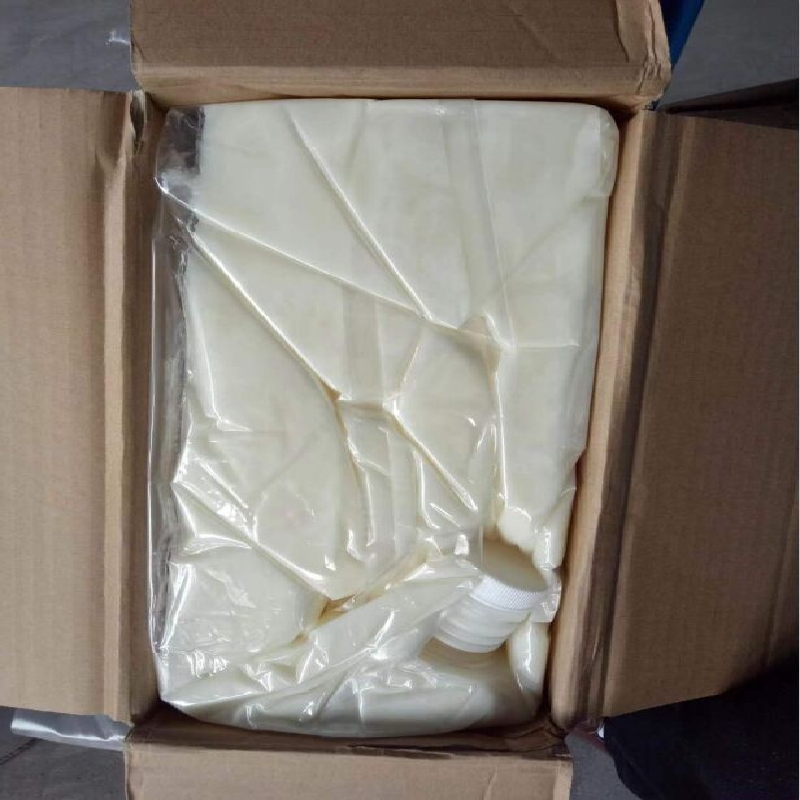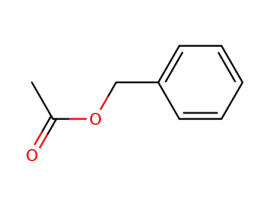Cosmetic Ingredient
- • Abrasive (124)
- • Absorbent (84)
- • Anticaking (66)
- • Anticorrosive (25)
- • Antifoaming (19)
- • Antimicrobials (290)
- • Antioxidant Ingredient (393)
- • Antiperspirant (20)
- • Antiplaque (48)
- • Anti-seborrheic (38)
- • Anti-sebum (39)
- • Antistatic (458)
- • Astringent (162)
- • Binding Agent (172)
- • Bleaching Agent (53)
- • Buffering (191)
- • Bulking (109)
- • Chelating (122)
- • Cleansing (679)
- • Cosmetic Colorant (212)
- • Cosmetic Preservative (158)
- • Denaturant (45)
- • Deodorant (98)
- • Depilatory (27)
- • Dissolving Agent (298)
- • Emollient (795)
- • Emulsifying Agent (480)
- • Emulsion Stabilising (154)
- • Exfoliating (19)
- • Film Forming (299)
- • Flavouring (72)
- • Foam Boosting (161)
- • Foaming (101)
- • Fragrance Ingredient (726)
- • Gel Forming (19)
- • Hair Conditioning (670)
- • Hair Dyeing (363)
- • Hair Fixing (36)
- • Hair Waving or Straightening (45)
- • Humectant (282)
- • Hydrotrope (92)
- • Keratolytic (20)
- • Light Stabilizer (80)
- • Moisturising Agent (50)
- • Nail Conditioning (42)
- • Occlusive (20)
- • Opacifying (119)
- • Oral Care (123)
- • Oxidising (19)
- • Perfuming (2105)
- • Plasticiser (98)
- • Propellant (19)
- • Reducing (50)
- • Refatting (12)
- • Refreshing (26)
- • Skin Cleansing (388)
- • Skin Conditioning (1751)
- • Skin Humectant (21)
- • Skin Protecting (282)
- • Smoothing (31)
- • Soothing (71)
- • Tonics (155)
- • UV Filter (34)
- • Viscosity Controlling (532)
Chemicals as Skincare Ingredients
Related News
-
Interparfums Acquires Goutal to Enter the High-End Perfume Sector
2025-03-19 -
Perfume supply shortage, Coty's performance 'forced' to slow down
2022-11-10 -
How Is Perfume A Compound, and What Are Its Ingredients?
2022-03-14 -
What Is The Solvent Used In Perfume
2022-03-02 -
How Perfume Is A Mixture Of Fragrant Compounds?
2022-02-28 -
3 trends of European and American daily chemicals
2020-07-17
Perfuming
p-Cresol
(106-44-5)2. Intermediates of Liquid Crystals
-
Industrial Grade / 99%
-
-
Industrial Grade / 99.0%
-
Industrial Grade / 99%
Request for quotation , get quotes from more suppliers.
Coconut oil
(8001-31-8)-
Cosmetics Grade / 99%
$20-22/KG FOB
-
-
Food Grade / 95%
-
- / 0.00%
Request for quotation , get quotes from more suppliers.
Soybean oil
(8001-22-7)-
- / 99.00%
-
-
Industrial Grade / 99%
$18-20/MT FOB
-
Pharmacy Grade / 99%
Request for quotation , get quotes from more suppliers.
Isobutyl acetate
(110-19-0)-
Industrial Grade / 99%
-
Industrial Grade / 99%
-
-
Different Grade / 99.9%
$0.1/KG EXW
Request for quotation , get quotes from more suppliers.
1-Octanol
(111-87-5)-
Industrial Grade / 99%
-
Industrial Grade / 99%
-
-
- / 0.00%
Benzyl acetate
(140-11-4)-
Industrial Grade / 99%
-
-
- / 0.00%
-
- / 99.00%
Request for quotation , get quotes from more suppliers.
m-Cresol
(108-39-4)m-Cresol is used as a disinfectant and solvent. Lysol
TM
disinfectant is a 50% (v/v) mixed-cresol isomer in a soap emulsion formed on mixing with water. The isomer m-cresol is an oily liquid with low volatility. Besides disinfection at solutions of 1–5%, the cresols are used in degreasing compounds, paintbrush cleaners, and additives in lubricating oils. Cresols were onc
-
Industrial Grade / 99%
-
Industrial Grade / 99%
-
-
Plating Grade / 99%
Request for quotation , get quotes from more suppliers.
Tea extract
(84650-60-2)-
Cosmetics Grade / 99%
-
- / 40%
-
Food Grade / 99%
-
Food Grade / 99%
Request for quotation , get quotes from more suppliers.
-
Cosmetics Grade / 99%
-
- / 0.00%
-
- / 99.00%
-
Different Grade / 99.9%
$0.1/KG EXW
Request for quotation , get quotes from more suppliers.
Cinnamaldehyde
(104-55-2)-
Industrial grade / 99%
-
- / 99.9%
-
-
- / 99.00%
Request for quotation , get quotes from more suppliers.
Source Perfuming Raw Materials by Region
More Information
Perfuming can enrich products with appealing scents. When incorporated into cosmetic formulations, fragrance compounds interact with other ingredients to create a harmonious blend of scents. This interaction may involve chemical reactions, molecular diffusion, or physical adsorption onto surfaces.
Fragrance compounds used in perfuming are meticulously selected based on their olfactive profiles and compatibility with other ingredients in the formulation. These compounds may include natural extracts, essential oils, synthetic aroma chemicals, or a combination thereof.
Common ingredients used in perfuming:
•Essential oils
•Synthetic aroma chemicals
•Fragrance fixatives
•Solvents and carriers












































